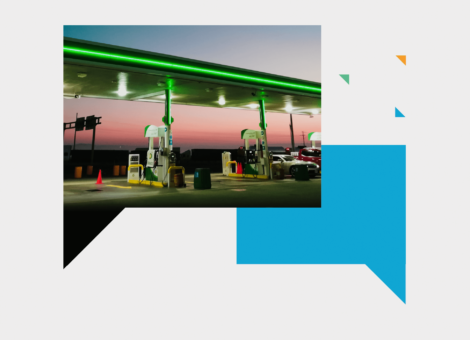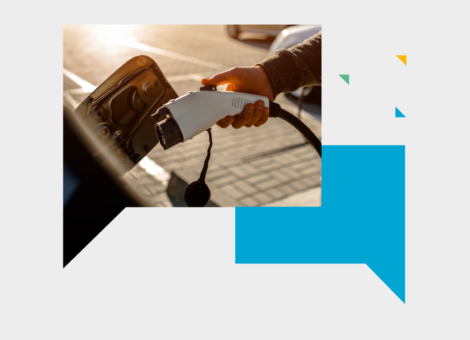How can fuel retailers adapt to a post-COVID-19 world?
How has data and analytics risen to the top of priorities in a post-COVID-19 world? How can fuel retailers meet consumers’ ever-changing demands, and bounce back in the “new normal”?
Adapting to consumers’ ever-changing fuel retail needs
The changes in consumer behaviour that we have seen in 2020 could not have been predicted, even by the best data analysts in the industry. COVID-19 has drastically impacted retailers in many ways, but how consumers buy from — and engage with — retailers has been one of the biggest areas of change across the last 12 months. For retailers, this has meant they have had to refocus their business and diversify their offerings to align with what consumers now expect from them.
This diversification has come in many forms — from mobile ordering, delivery, and drive-through, to new product offerings, partnerships with third parties, and more. What these all have in common, of course, is a focus on convenience. With consumers’ shopping habits shifting throughout the pandemic, convenience has been king; and this is likely to only continue once things return to normal. One thing we can be sure of is that how, and where, people shop will never be the same again, and those retailers that adapt will be the ones to thrive.
But adapting successfully to these changes relies on robust, accurate data that can be analyzed and actioned. Business decisions can no longer be made based on a knee-jerk reaction to broad market assumptions. Data must be key in all facets of a retailer’s network decisions, and this means investing in the right technology that can deliver the insights and analysis to inform how best to optimize retail sites; from where to set up a new store and understanding which locations are not delivering the right margins and profitability, to how to optimize pricing and how the brand is being impacted.
Overcoming widespread disruption in retail
Footfall at physical retail sites dropped off a cliff when the first round of lockdowns hit. And the impact on convenience stores and fuel retailers was significant. While the US returned to something that resembled normality quickly, most countries saw a slower, gradual return to life as restrictions were eased.
As we continue to adjust to the changes brought on by the pandemic, retailers should expect continued fluctuations in consumer footfall; and use technology and data to adapt to the ongoing changes being experienced in the market.
Urban retail is the perfect example of how mobility data is critical to surviving the changes brought on by the pandemic and ensuring growth in the future. Using mobility data, we identified that retail locations classed as “urban” saw a bigger impact on footfall than those classed as “rural”. As fewer people travel into cities and towns, local retail and convenience became the preferred choice.
This shift in consumer behaviour means that mobility data has become an increasingly vital tool in helping fuel retailers to predict where they should open new sites and identify which sites will feel the greatest impact of reduced footfall. And as the popularity of electric vehicles grows, data can even allow retailers to plan their long-term EV charging network.
Unfortunately, it’s likely we will see some fuel retailers close doors on their sites, but those that can use data to inform their business decisions will gain a competitive advantage and likely increase their long-term market share.
What does the future hold?
In a world that is continually changing, data analytics is paramount when it comes to understanding your competitive landscape and market positioning. Capital and operation investment decisions, more than ever, need to be rigorously and objectively assessed to ensure that they make business sense and maximize the potential of the opportunity.
The radical shift in behaviours is resulting in network planners questioning their gut feel and well-established methods of assessing new locations. Effectively implementing and using data-driven solutions will become critical to making good decisions. In a post-COVID-19 world, retailers will need to continually evolve to succeed and this cannot be done effectively without detailed and accurate data, insights, and modeling.
— — — — — —
Learn more about the power of mobility data in understanding COVID-19’s effect on the retail landscape in our three part blog series: “Understand ever-changing market conditions with mobility data“.
Read more articles about:
UncategorizedSubscribe and get the latest updates
You may unsubscribe from our mailing list at any time. To understand how and why we process your data, please see our Privacy & Cookies Policy
Related posts
Location intelligence
Understand ever-changing market conditions with mobility data: part one
The fuel and convenience retail landscape has changed beyond recognition. In these unprecedented times, retailers are...

Electric Vehicles
2021 predictions — fuel retail, data and analytics, and the future of EVs
Anila Siraj, Head of Data Strategy at Kalibrate, shares her 2020 trends on the fuel retail market, including how...


